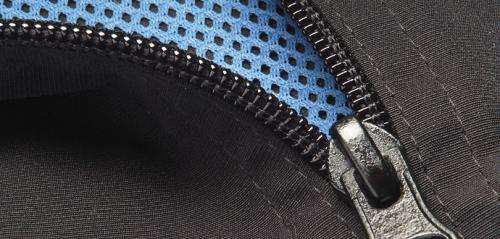Conflicting opinions about the risks of antibacterial silver

Silver is used increasingly often as a bacterial agent in clothing and hygiene products, but there are conflicting opinions as to its effects on people and the environment. According to researchers at Chalmers and Gothenburg University, the use of environmental assessment methods could clarify the points of this debate.
In an article in the Journal of Cleaner Production, Dr Rickard Arvidsson of Energy and Environment and Max Boholm, project assistant at Global Studies (GU), describe how the Swedish debate is characterized by a long list of conflicting arguments. According to the opposition, the silver products damage health, environment, water and sewage. Supporters highlight silver's antibacterial properties and the environmental benefits achieved by less washing. And in the middle of this difficult confrontation are found the consumers and decision makers.
'The foundation of my research is that we should learn from history and not use any substances before we know the consequences. What's interesting in this case, is that the various actors are reasoning from two completely different perspectives but from exactly the same values; product quality, environment, health and sewage treatment.
'Both sides probably think they have sufficient knowledge about antibacterial silver, but the fact that opinions are so divided indicates that more research is required,' said Rickard Arvidsson.
Present environment and sustainability assessment methods, such as life cycle assessment, substance flow analysis and risk assessment, ought to be able to throw new light on this conflict. The methods could handle several aspects of the debate and thus provide further information concerning the risks of using antibacterial silver. However, these methods do not cover the issue of antibacterial resistance.
'The environmental assessment methods I use do not include that kind of problem, i.e. resistance in micro-organisms. Method development and further research would be necessary in order to provide society with answers as to whether antibacterial silver causes anti-biotic resistance or not.'
More information: Max Boholm, Rickard Arvidsson, "Controversy over antibacterial silver: implications for environmental and sustainability assessments," Journal of Cleaner Production, Available online 28 December 2013, ISSN 0959-6526. dx.doi.org/10.1016/j.jclepro.2013.12.058.
Journal information: Journal of Cleaner Production
Provided by Chalmers University of Technology


















